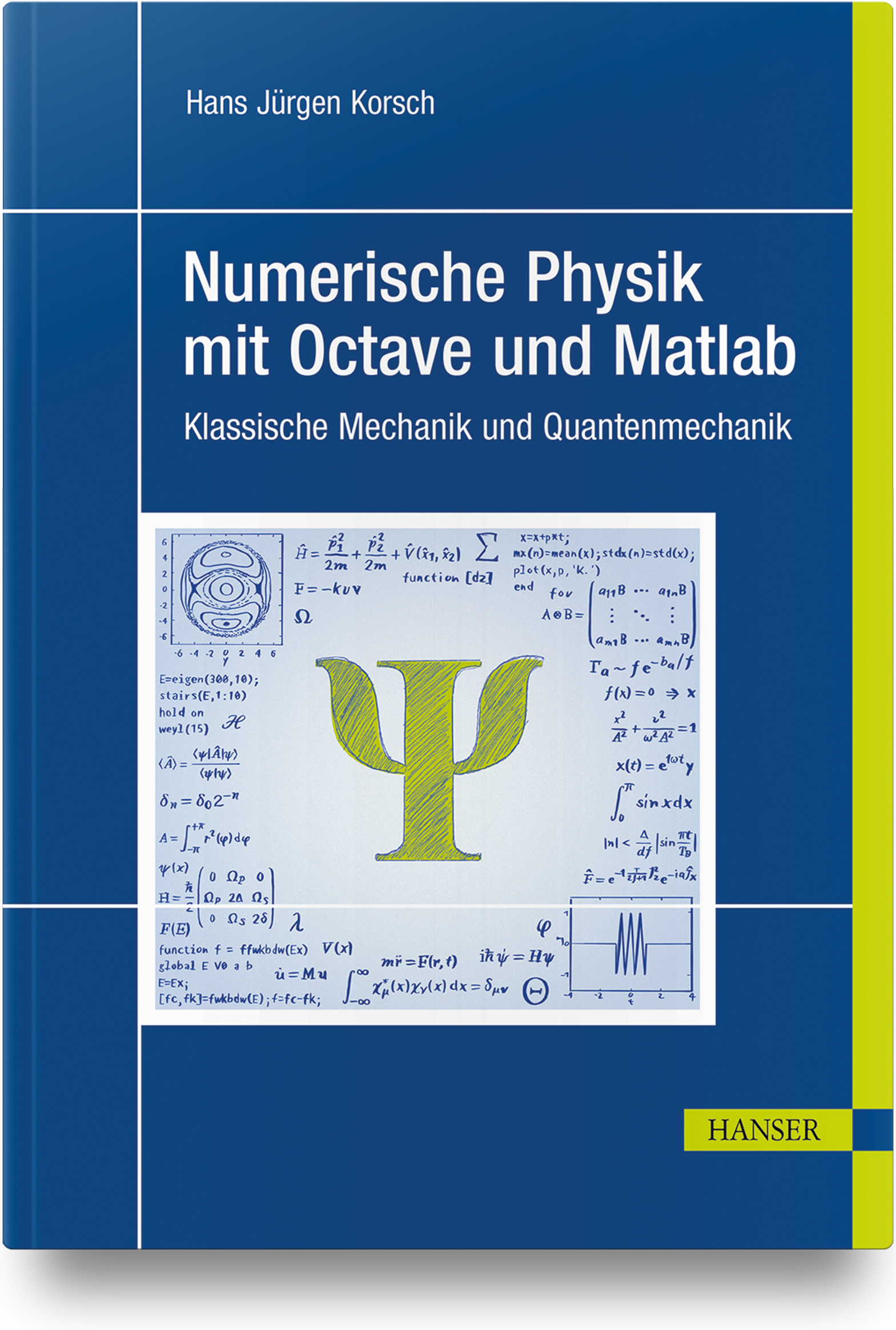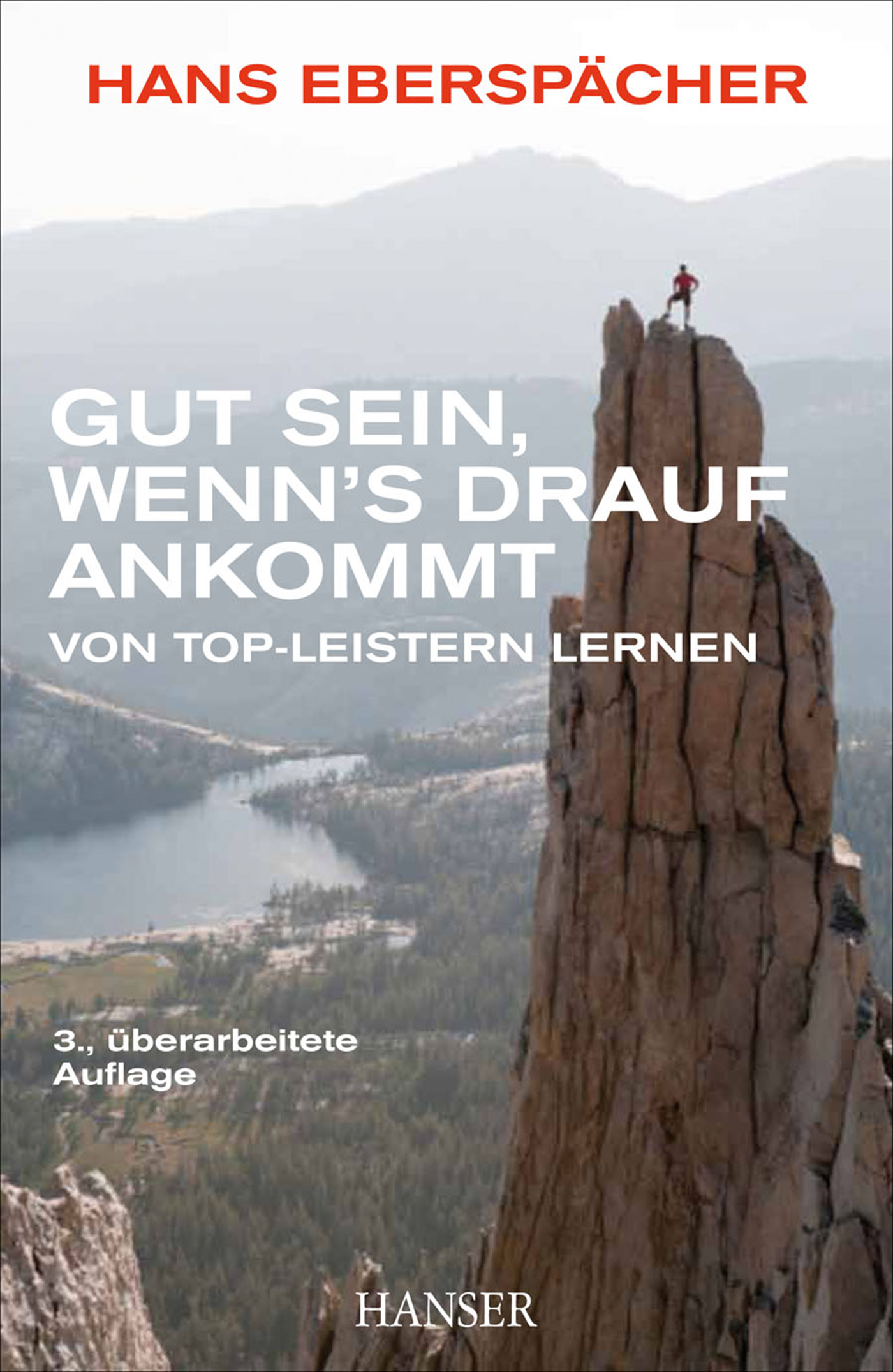- Grundlagen
- Maschinenbau allgemein
- Technische Mechanik
- Technische Thermodynamik
- Technische Optik
- Werkstoffe
- Management
- Konstruktion
- Konstruktion allgemein
- CATIA
- NX
- Pro/Engineer & Creo Parametric
- SolidWorks
- Inventor
- Weitere Systeme
- Sie sind hier:
- Fachbuch
- Kunststofftechnik
- Werkstoffe und Anwendungen
inkl. MwSt., ggf. zzgl. Versandkosten
sofort lieferbar
sofort lieferbar
- ISBN: 978-1-56990-161-8
- Buchangaben: 1. Auflage, 12/2024
261 Seiten, Fester Einband
In terms of textile technology, textile elasticity is the provision of stretch and recovery on demand. It is one of the most important textile properties as it has a direct effect on the overall functionality of many textile products. It is textile elasticity that opens up various areas of application in special and mass-produced products, especially concerning stretch and compression. Many of the clothing textiles produced today, as well as almost all medical textiles, contain special elastic yarns that enable or reinforce textile elasticity. These points are illustrated with practical examples throughout this book.
Content:
• Introduction to Elastic Yarns and Textiles
• Elasticity in the Textile Context
• Spinning Technologies for Elastic Yarn Production
• State-of-the-Art Elastane Production
• Elastic Thermoplastic Polyurethane Yarns
• Elastic Polyamide Yarns
• Winding of Elastic Yarns
• Elastic Combination Yarns
• Quality Control of Elastic Yarns
• The Market of Elastic Yarns
• Weft-Knitted Elastic Fabrics
• Warp-Knitted Elastic Fabrics
• Woven Elastic Fabrics
• Elastic Textiles in the Dyehouse
• Elastic Yarns from Renewable Resources
• Sorting and Recycling of Elastic Textiles
• Elastic Textiles in Medical Technology
• Shape Memory Polymer Filaments
• Elastic Workwear
In terms of textile technology, textile elasticity is the provision of stretch and recovery on demand. It is one of the most important textile properties as it has a direct effect on the overall functionality of many textile products. It is textile elasticity that opens up various areas of application in special and mass-produced products, especially concerning stretch and compression. Many of the clothing textiles produced today, as well as almost all medical textiles, contain special elastic yarns that enable or reinforce textile elasticity. These points are illustrated with practical examples throughout this book.
Content:
• Introduction to Elastic Yarns and Textiles
• Elasticity in the Textile Context
• Spinning Technologies for Elastic Yarn Production
• State-of-the-Art Elastane Production
• Elastic Thermoplastic Polyurethane Yarns
• Elastic Polyamide Yarns
• Winding of Elastic Yarns
• Elastic Combination Yarns
• Quality Control of Elastic Yarns
• The Market of Elastic Yarns
• Weft-Knitted Elastic Fabrics
• Warp-Knitted Elastic Fabrics
• Woven Elastic Fabrics
• Elastic Textiles in the Dyehouse
• Elastic Yarns from Renewable Resources
• Sorting and Recycling of Elastic Textiles
• Elastic Textiles in Medical Technology
• Shape Memory Polymer Filaments
• Elastic Workwear
Jan Thiel works as a researcher at the Institute of Textile Technology (ITA) at RWTH Aachen University, Germany.
Prof. Thomas Gries studied at RWTH Aachen University, Germany, and holds a degree in mechanical engineering and economics. After obtaining his doctorate in mechanical engineering, he worked from 1995 to 2001 at Lurgi Zimmer AG, Frankfurt am Main, in the Technologies for Fibers and Textiles department in a managerial capacity. Since 2001 he has been director of the Institute of Textile Technology (ITA) at RWTH Aachen University.
Jan Thiel works as a researcher at the Institute of Textile Technology (ITA) at RWTH Aachen University, Germany.
Prof. Thomas Gries studied at RWTH Aachen University, Germany, and holds a degree in mechanical engineering and economics. After obtaining his doctorate in mechanical engineering, he worked from 1995 to 2001 at Lurgi Zimmer AG, Frankfurt am Main, in the Technologies for Fibers and Textiles department in a managerial capacity. Since 2001 he has been director of the Institute of Textile Technology (ITA) at RWTH Aachen University.
Die Coverdateien dürfen Sie zur Bewerbung des Buches honorarfrei verwenden.
Die Coverdateien dürfen Sie zur Bewerbung des Buches honorarfrei verwenden.
Carl Hanser Verlag GmbH & Co KG
Kolbergerstr. 22
81679 München
E-Mail: info@hanser.de
Sicherheitshinweis entsprechend Art.9 Abs. 7 Satz 2 GPSR entbehrlich
Carl Hanser Verlag GmbH & Co KG
Kolbergerstr. 22
81679 München
E-Mail: info@hanser.de
Sicherheitshinweis entsprechend Art.9 Abs. 7 Satz 2 GPSR entbehrlich




